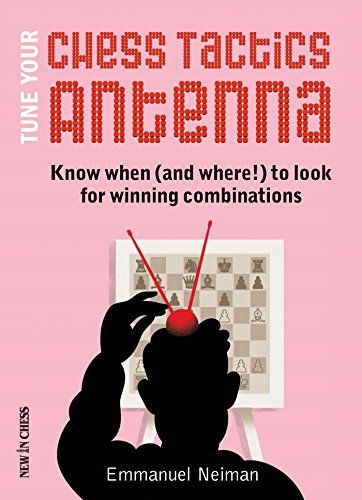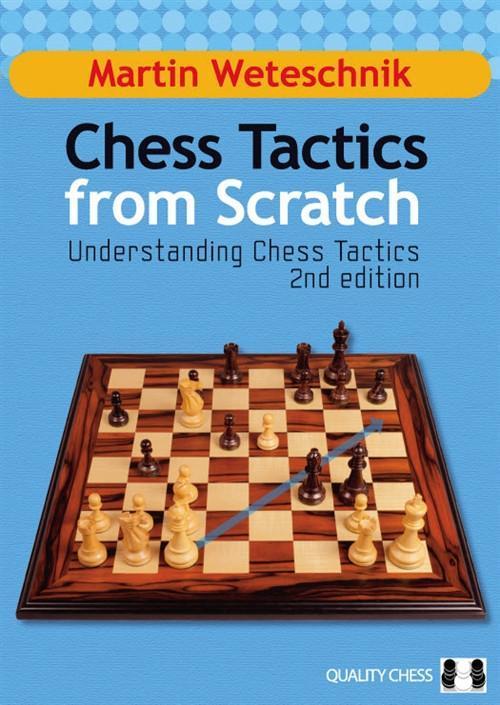I still remember the last few days of my college life when I lived in a frugal way inside a small apartment room along with my other classmates. We cooked with the bare minimum and lived a simple life. One of the unique memories I still have is having a ladle in one hand, stirring the curry, at the same time following the scores of our favorite cricket team on the TV, while simultaneously chatting with my friends. Got to balance the chit-chat, the food and still not miss the scores in the cricket match. It was easy to try to multitask and screw up, burning the food or miss the scores. But somehow I managed it that day and didn’t have to forgo the dinner.
When I think about multitasking in the Chess context, I find that giving multiple responsibilities to a piece is not always advantageous to us. Let’s admit it. Bishops and Rooks are not as good as humans when it comes to multitasking. Or even their royal highness, the Queen; Or their guards, the fearsome knights. In this blog, we’ll review a simple Chess Tactics concept called “Overloaded Pieces” and how we can exploit this to our advantage.
Identifying over-worked or overloaded pieces: Identifying pieces that are doing too many things is the first step to imagining a possible combination. Take the below position for example. Can you identify the overloaded piece?
In the above position, the black queen on e7 prevents the checkmate by controlling the f6 square and also protects the bishop on a3. This leads to a simple tactic Rxa3.
In the below position, Nd7 and Qh7 are two potential threats that are prevented by a single piece – The knight on f6. The overburdened knight easily breaks with the move Nd7!
Here’s a more complex example for the daredevils out there. It involves a long variation full of energetic sacrifices.
The above positions are handpicked from the chapter “Crucial Defender/Overloaded defender” in the book “Chess Tactics Antenna” by Emmanuel Neiman.
The Fischer game example is from the chapter “Overloading” in the book “Chess Tactics from Scratch” by Martin Weteschnik.
- Review: Perpetual Chess Improvement - May 9, 2024
- Dark Mode is now live on Web Reader - April 30, 2024
- Book Review: Tal Botvinnik 1960 - April 24, 2024


